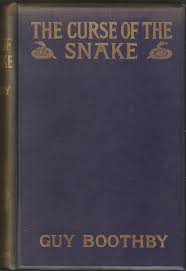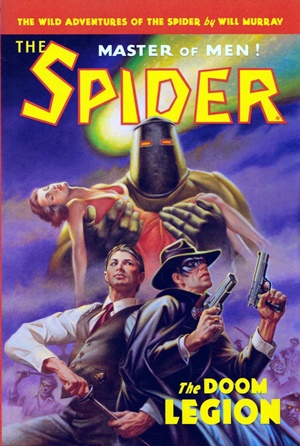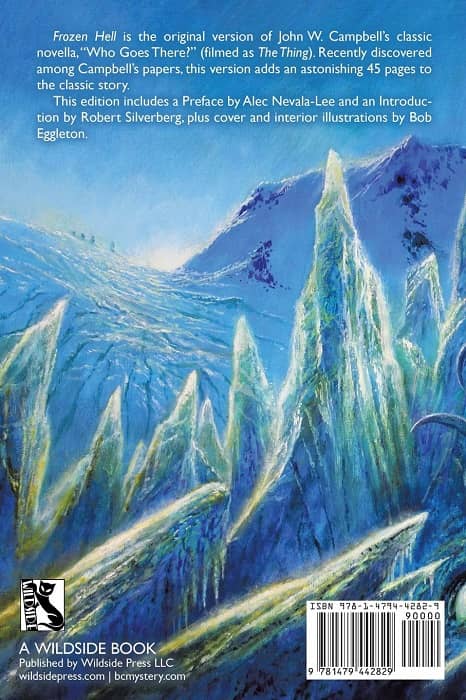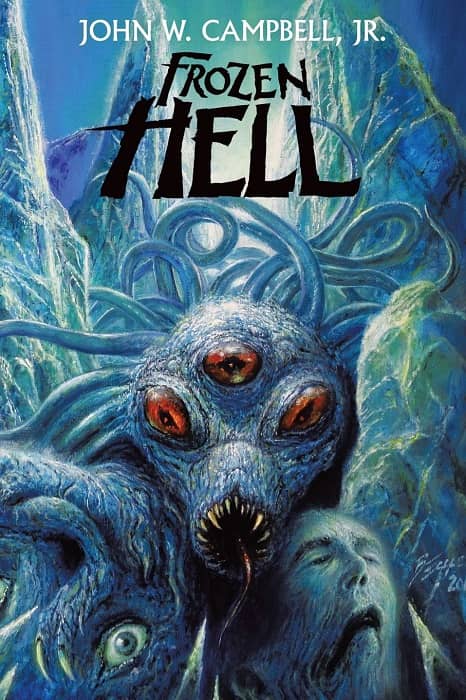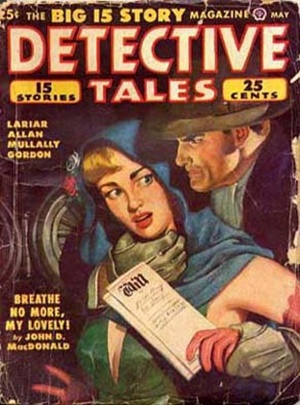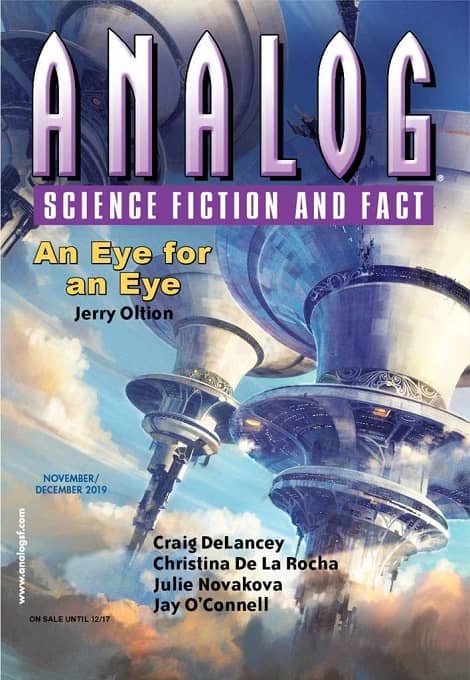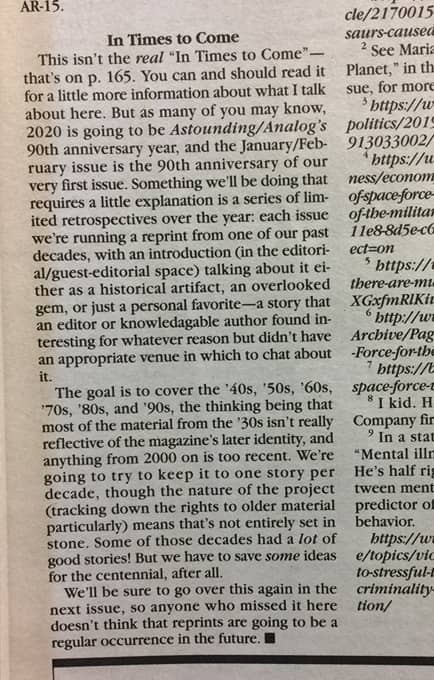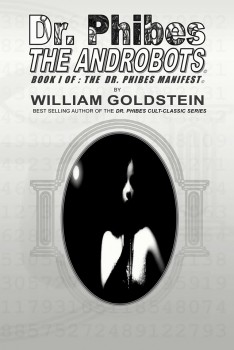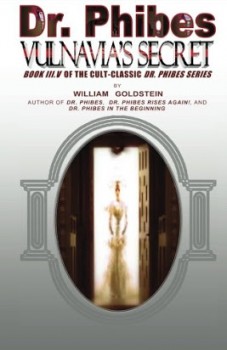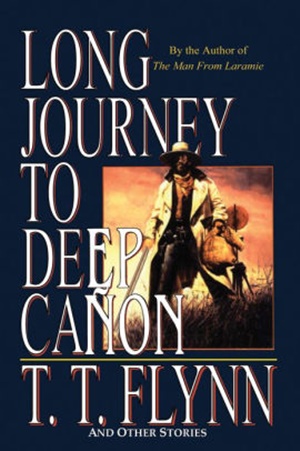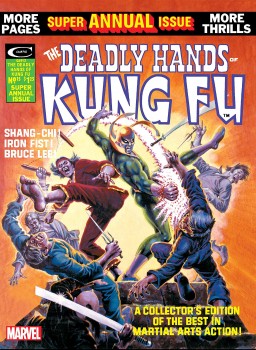The Golden Age of Science Fiction: The 1973 First Fandom Award: Clifford D. Simak
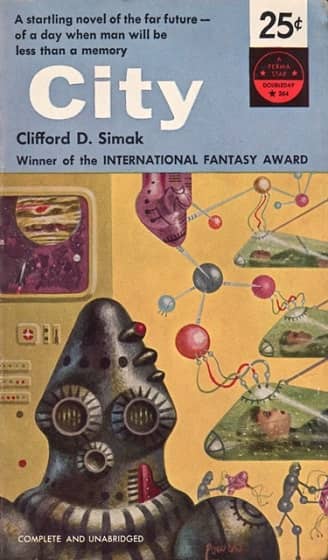 |
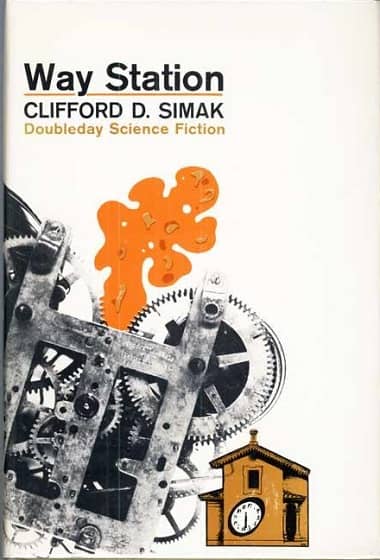 |
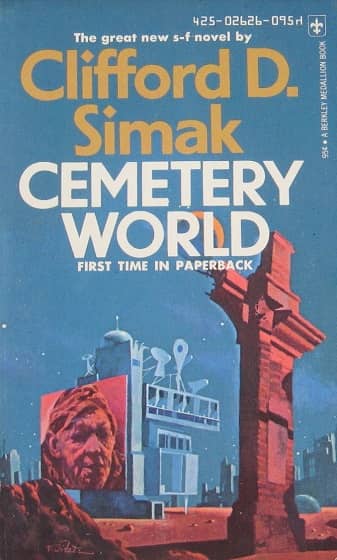 |
First Fandom was organized in 1959 to celebrate those who had been active science fiction fans since 1938, that is, “before the Golden Age.” (Some define true “first fandom” as dating to 1936 and before.) One of the founders, and first president, was Robert Madle, who is still alive, approaching his 100th birthday.
Beginning in 1963, a First Fandom Hall of Fame Award was instituted, given to a fan active prior to 1938 who was deemed to have given great service to fandom. Over time, as fans of that vintage became rarer, two categories were established: Dinosaurs, who had to have been active prior to the first Worldcon, in 1939; and Associate Members, who have to have been active for at least 30 years. The Hall of Fame Award can be given to anyone active in fandom for at least 30 years.
At the 1973 Worldcon, the First Fandom Hall of Fame winner was Clifford D. Simak. Simak (1904-1988) was born in rural Millville, WI, and much of his fiction reflected that “pastoral” background. His primary career was as a journalist, and he worked for the Minneapolis Star beginning in 1929, retiring only in 1976. He began publishing SF in 1931 with “The World of the Red Sun” in the December Wonder Stories. Simak’s early pulp fiction (which included some Westerns as well as SF) was fairly minor, but he started to make a mark writing for John W. Campbell’s Astounding beginning in 1938. His novel City (1952), a fixup of a number of 1940s stories, won the International Fantasy Award. He won three Hugos, most notably for the 1963 novel Way Station, but also for “Grotto of the Dancing Deer” as late as 1981. He also won a Nebula, and his story “The Big Front Yard,” another Hugo winner, appears in The Science Fiction Hall of Fame Volume IIB. His last novel, Highway of Eternity, was published when he was 82.
